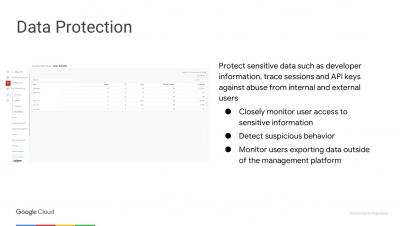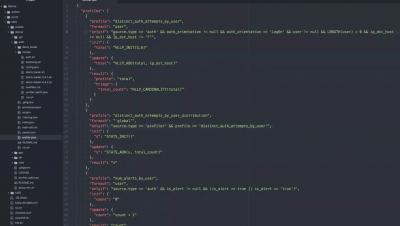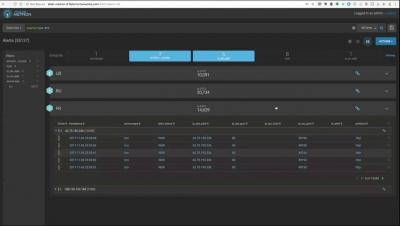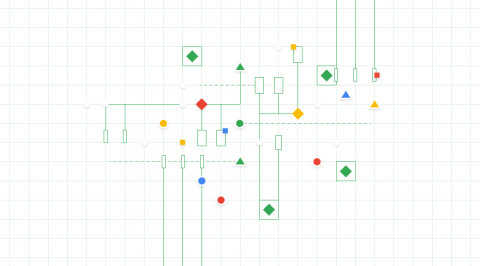Systems | Development | Analytics | API | Testing
%term
Data Privacy through shuffling and masking - Part 2
In the first part of this blog two-part series, we took a deep dive on Data Shuffling techniques aiming to mix up data and allowing to optionally retain logical relationships between columns. In this second part, we will now focus on Data Masking techniques as one of the main approach to guarantee Data Privacy.
Talend Summer 2019 - What's New?
Analyzing Authentication Data Using Profiles
Investigating Alerts in HCP
Meet John: Testlio
5 best practices to deliver trust in your data project : Tip #2 control your data wherever
Whenever an IT system, application or personal productivity tool is used inside an organization without explicit organizational approval, we talk about shadow IT. Shadow IT is not only a security and compliance nightmare, it creates a data sprawl where each group can create its data silos.
What we learned selling subscriptions before they became trendy
Our decision to change from a perpetual licence model to subscriptions was one of the great naive moments in Yellowfin’s history. It was about eight years ago and we had great sales growth but it was getting harder to start from scratch every year and sell more perpetual licenses. At the same time, our maintenance business was growing so we decided to flip our model and sell subscriptions. It seemed like a good idea at the time as none of our competitors were selling subscriptions.
Got microservices? Service mesh management might not be enough
A lot of enterprises are evolving their monolithic applications into microservices architectures. In this pattern, applications are composed of fine-grained services that communicate via APIs. Microservices promise, faster development, innovation, cloud scaling, better infrastructure optimization—and happier developers. No wonder this architecture gets so much attention.
Angular Workspaces: Multi-Application Projects
OctoPerf’s Load Testing IDE (Kraken) is an application with two frontends - The Administration UI used to manage Docker containers and images, The Gatling UI to debug and execute load tests with Gatling. Both UI are based on Angular 8 and share many components, CSS and external library dependencies. This blog post is a guide for every developer that would like to create an Angular Workspace with several applications and libraries.










